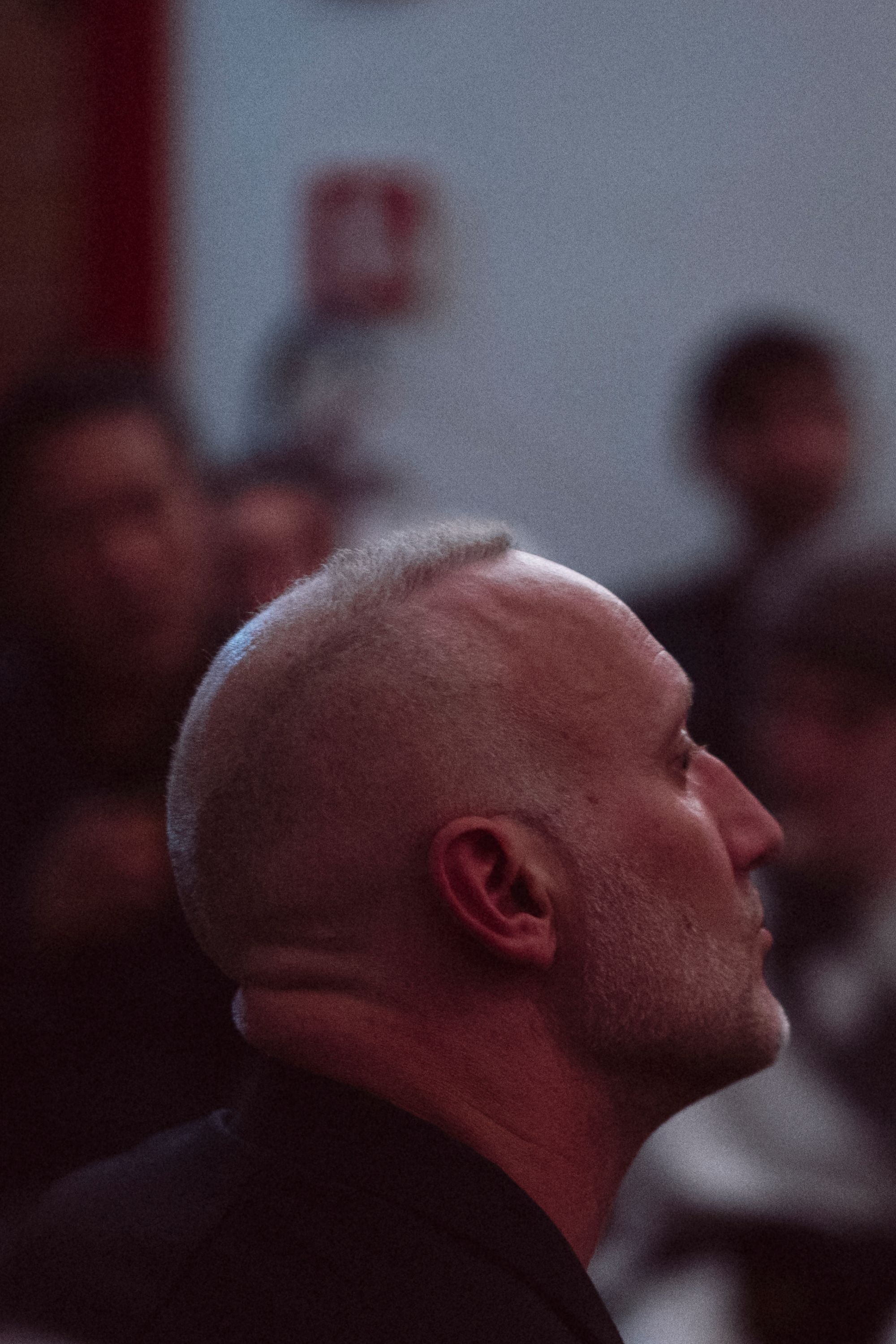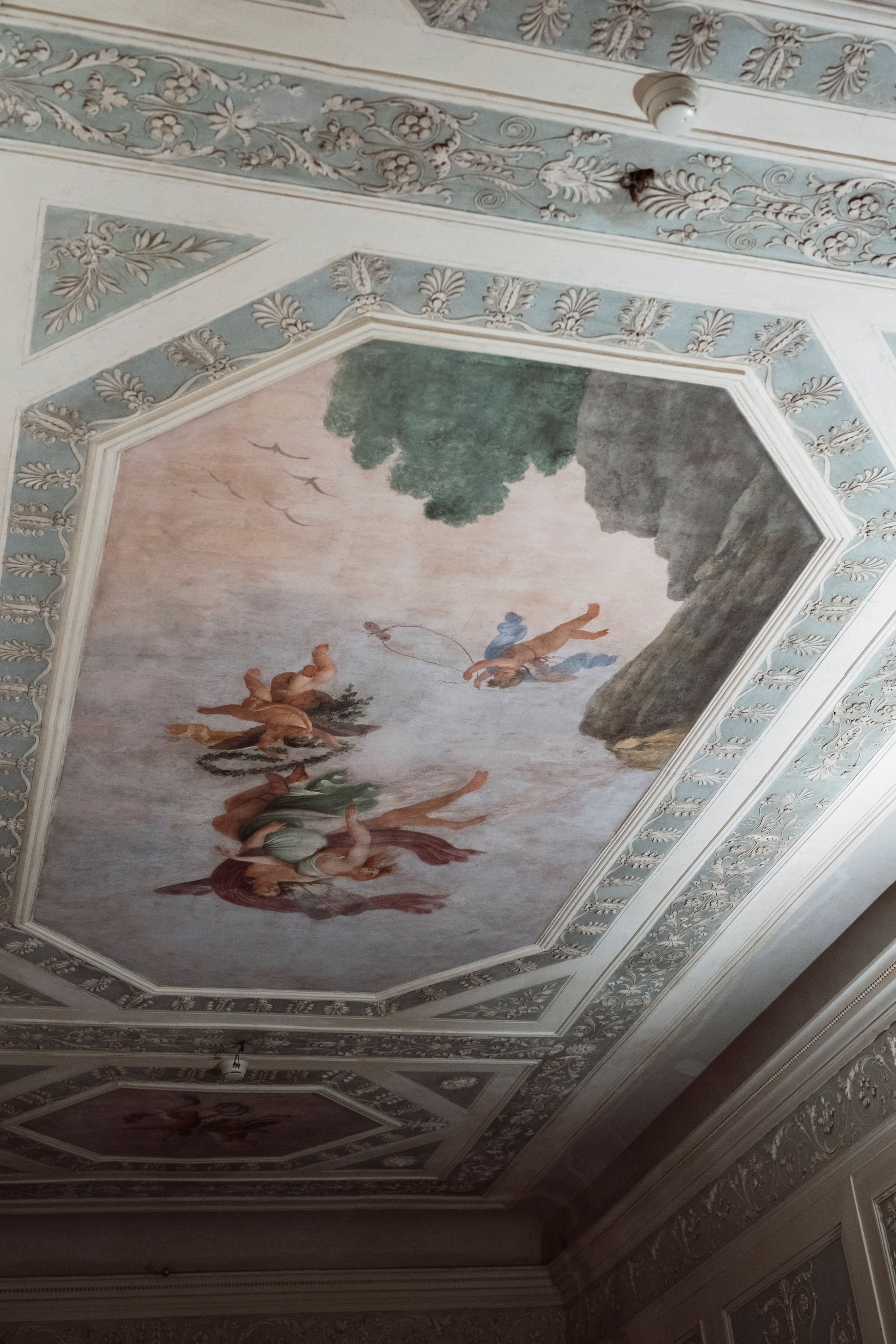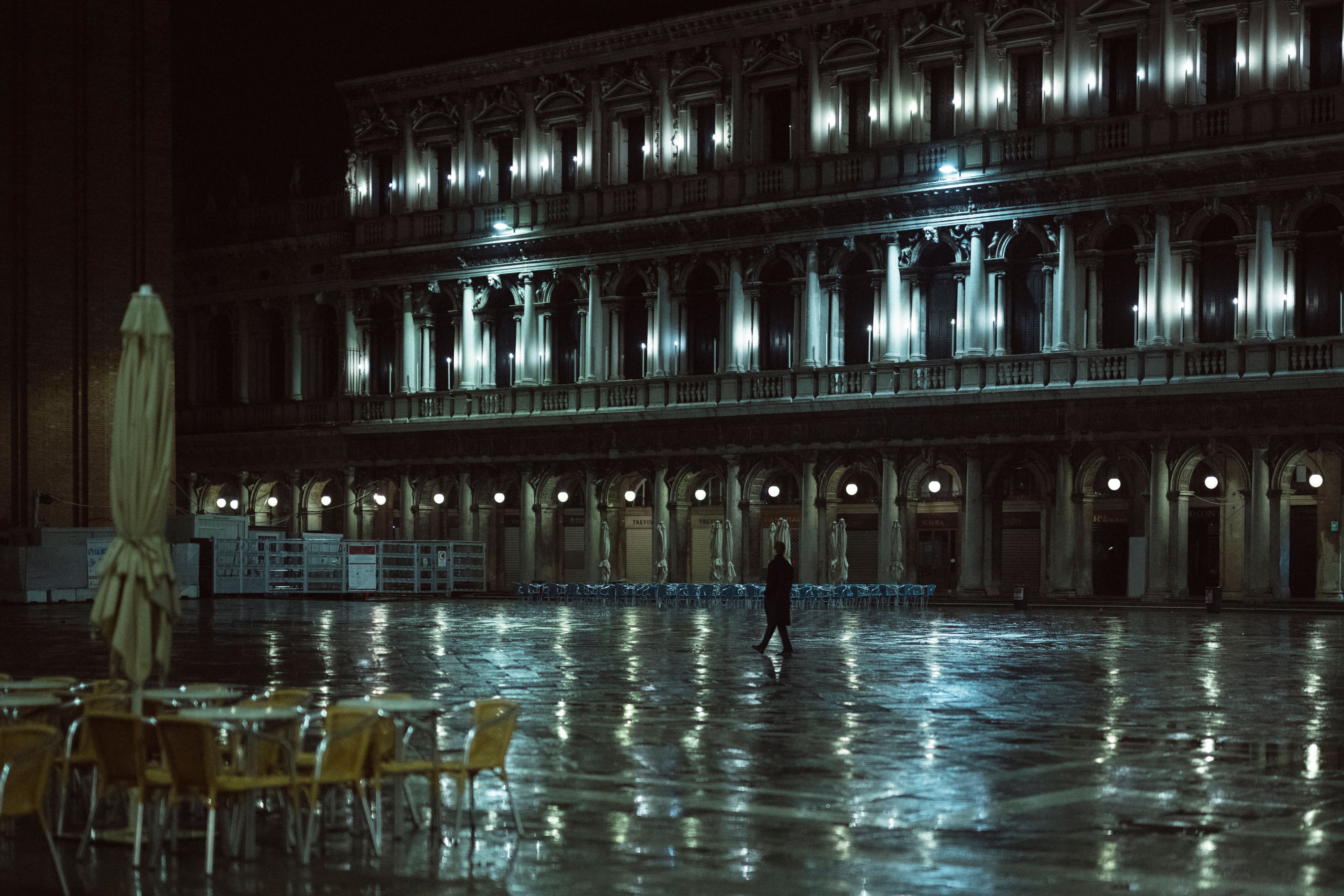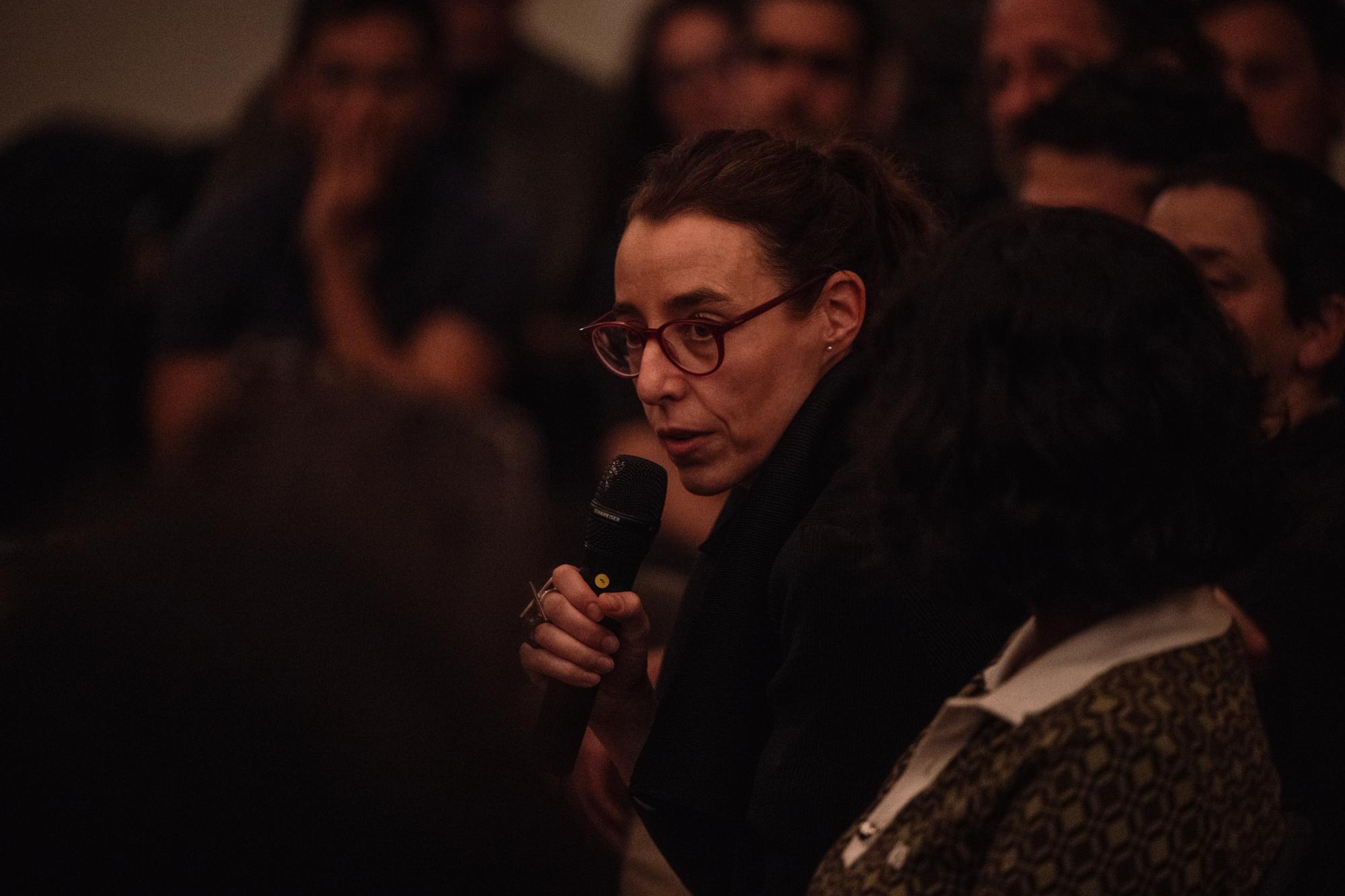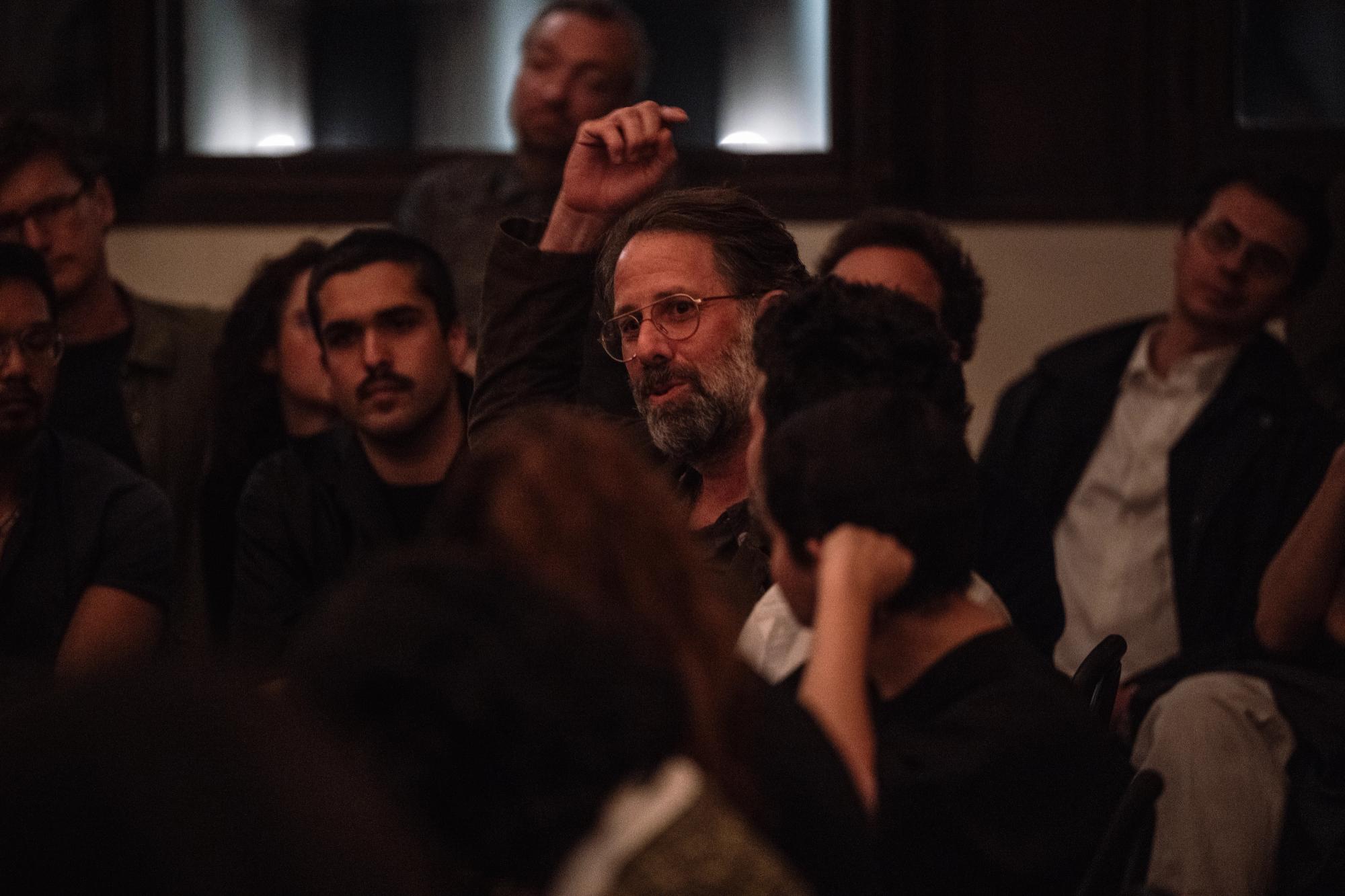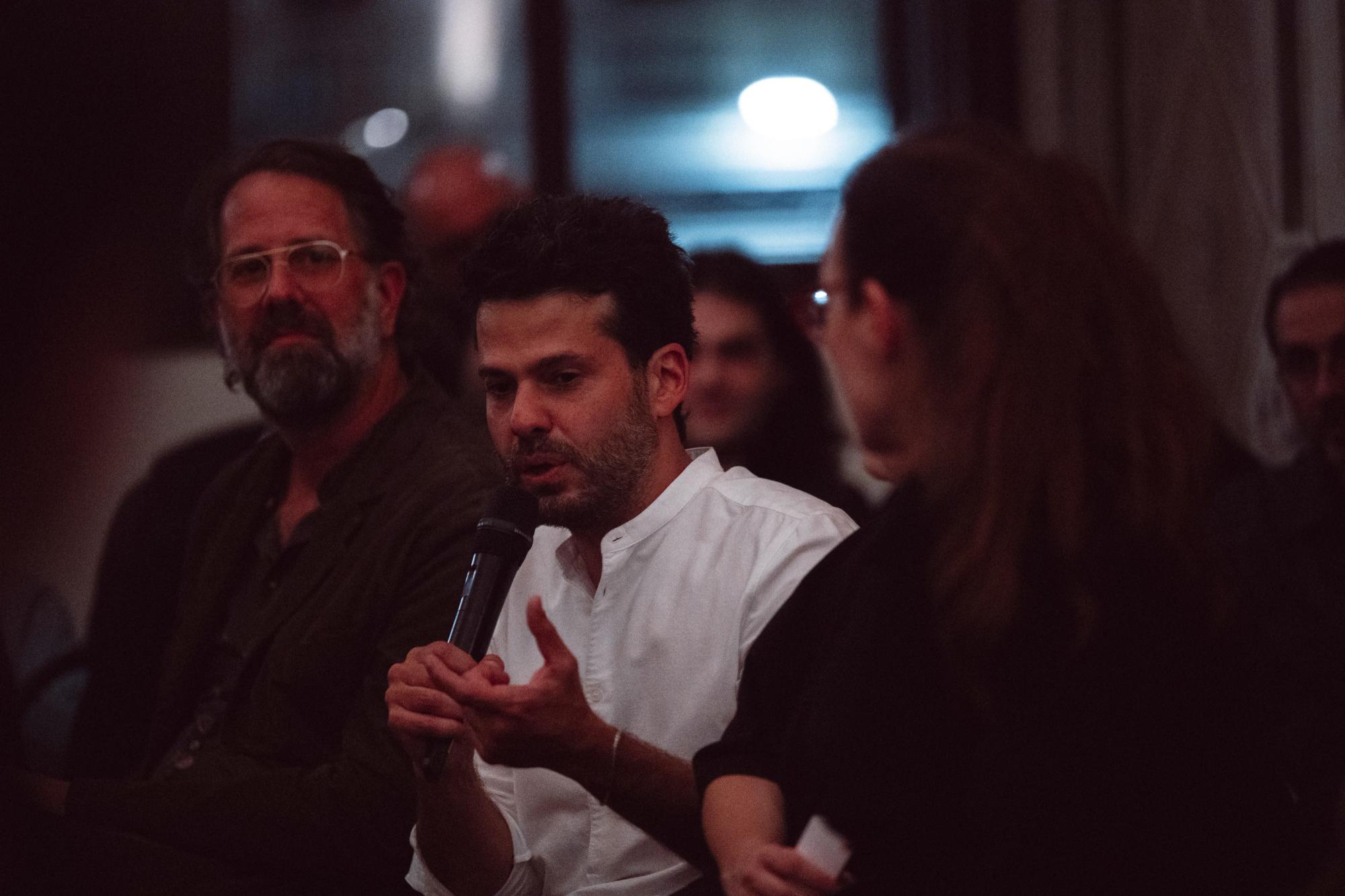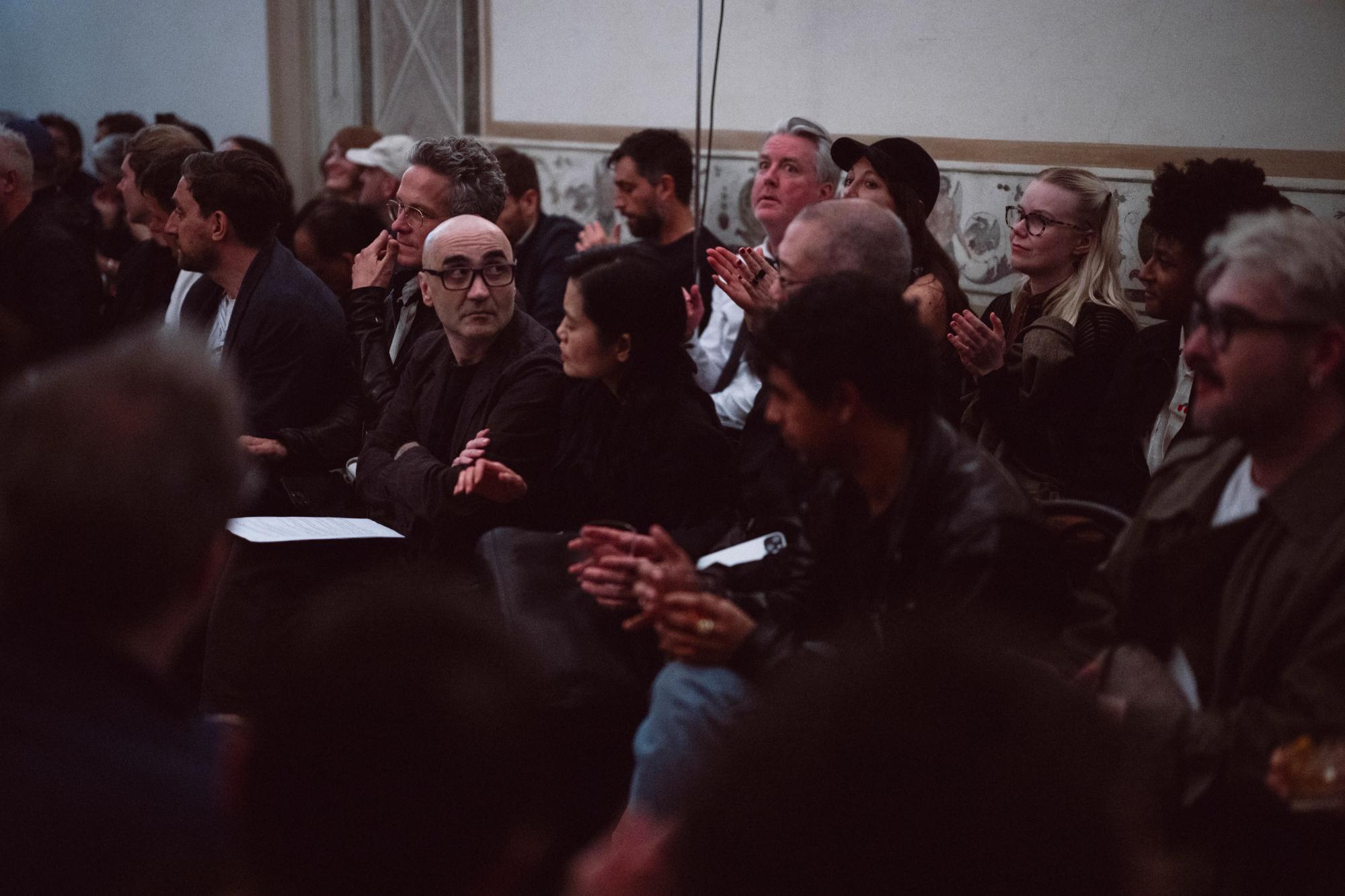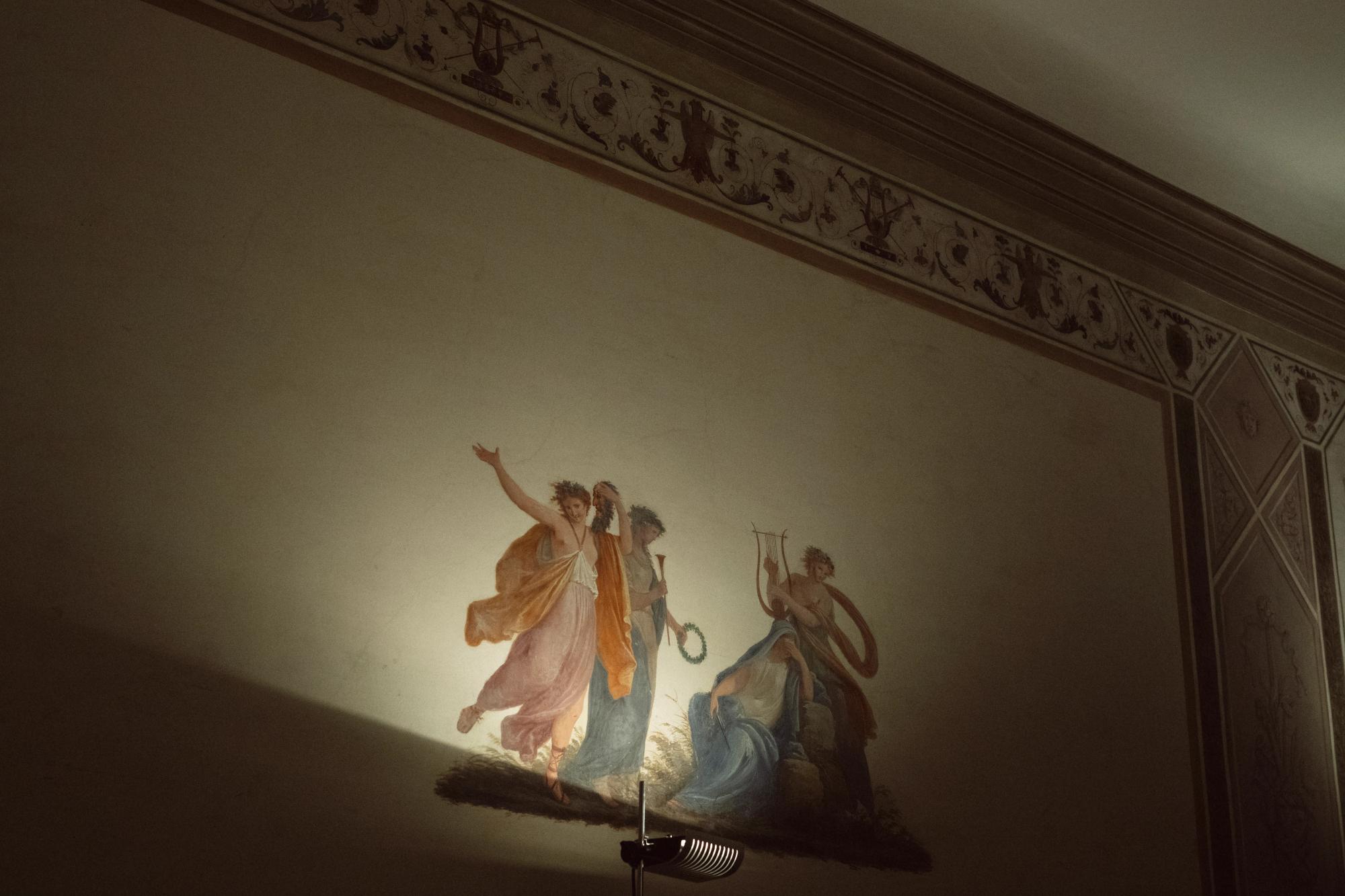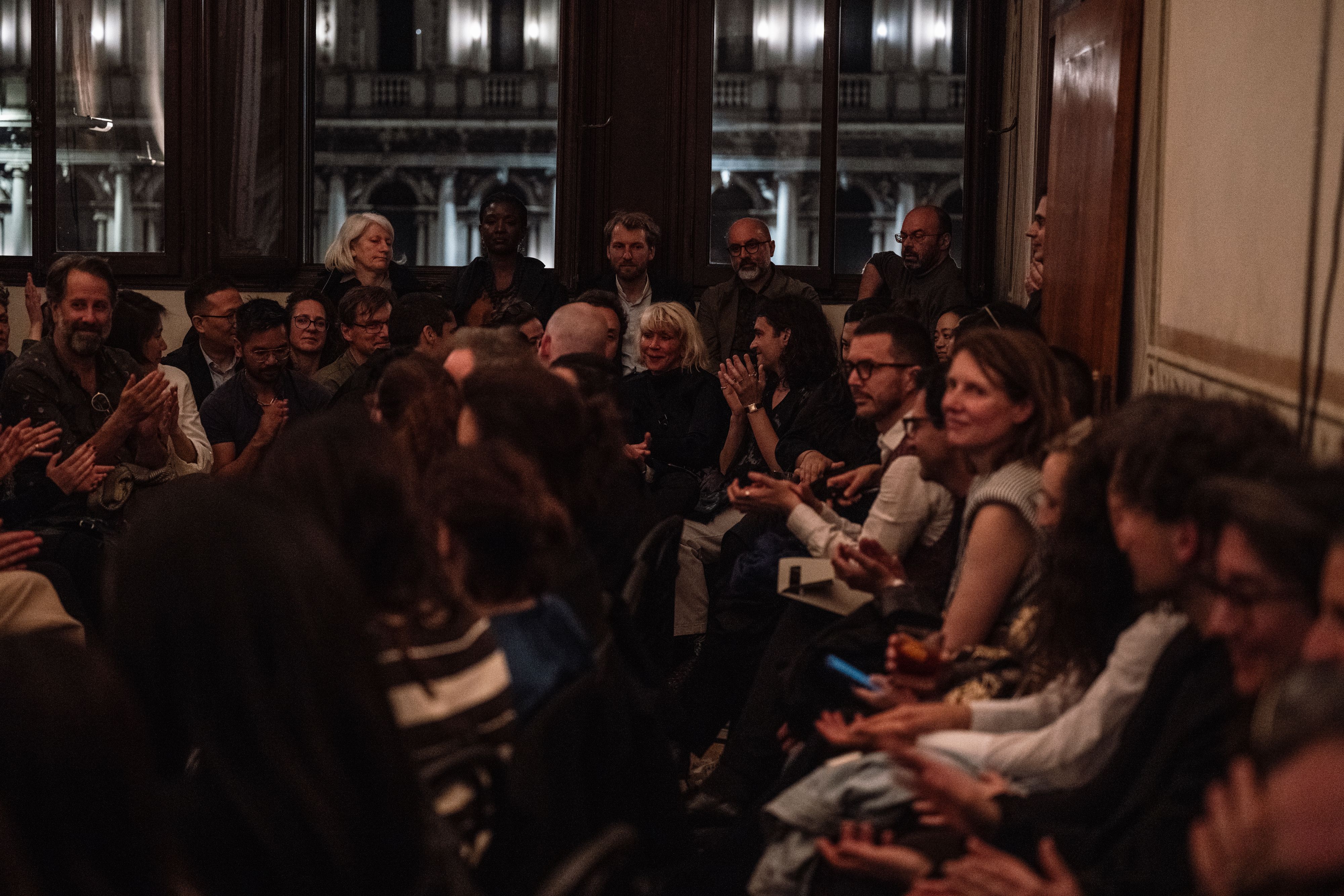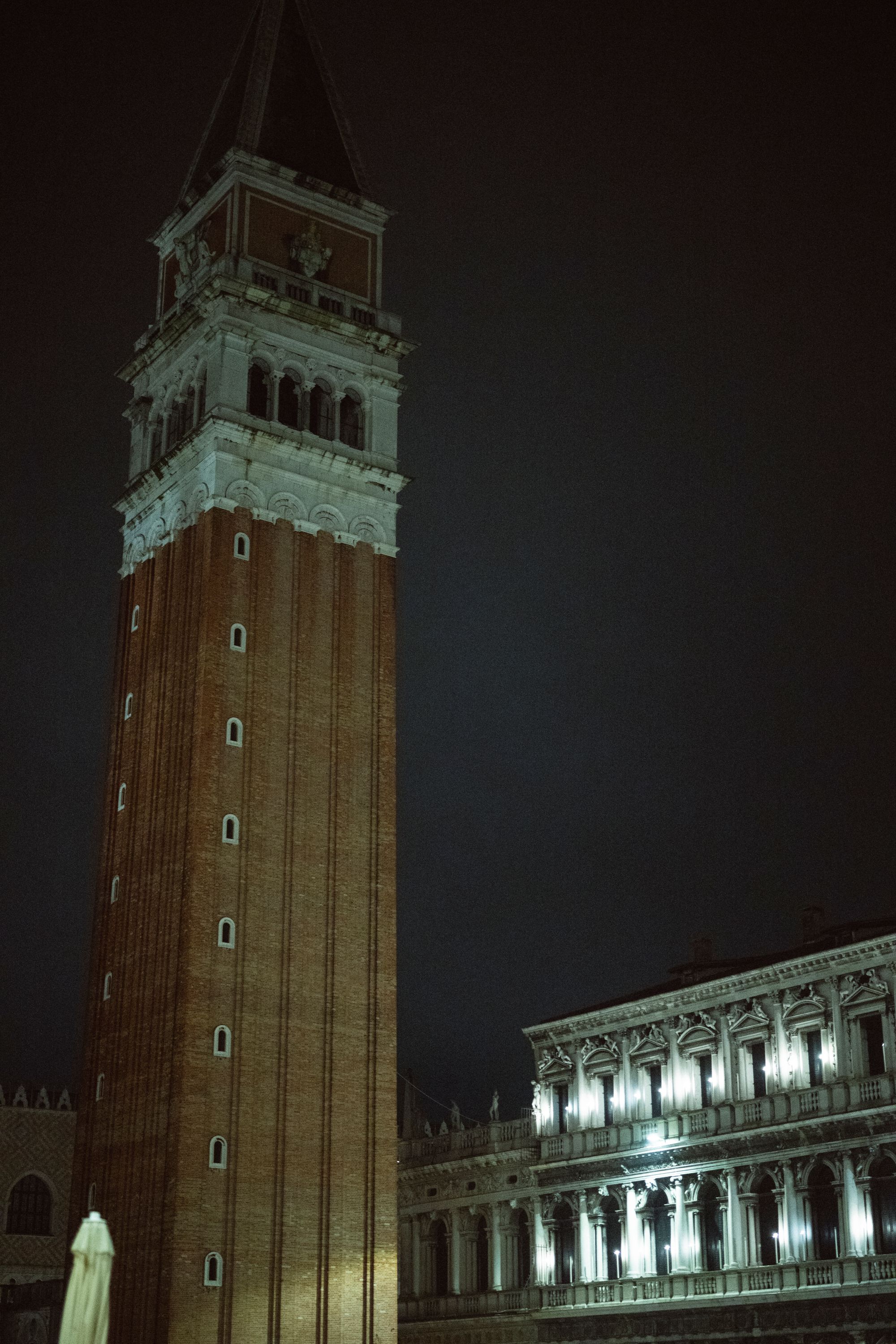
A MIDNIGHT MEETING
GSAPP and PIN–UP Co-Host a Midnight Gathering in Venice
by PIN–UP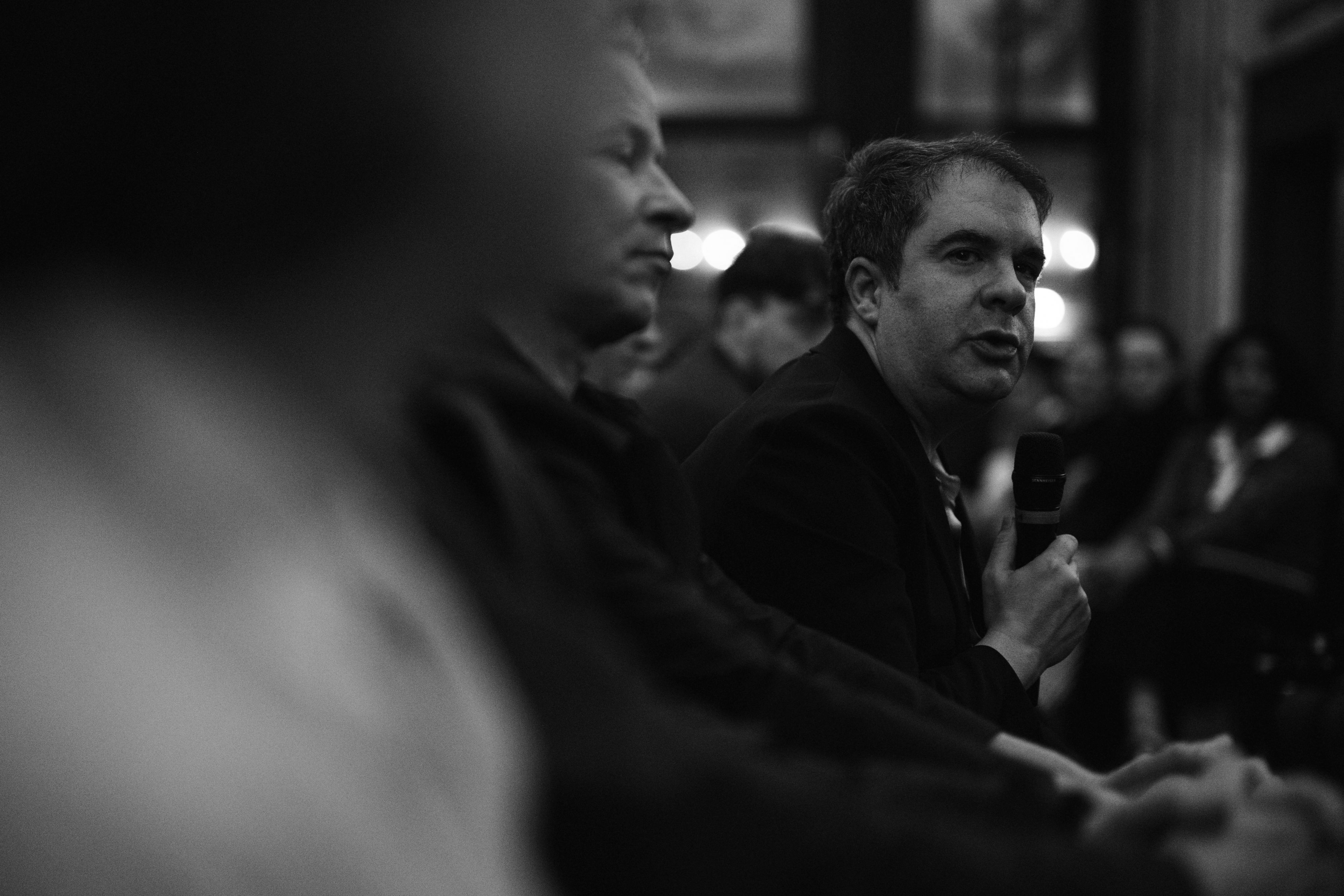
At the 19th Architecture Biennale in Venice, the focus was decidedly technological and forward-thinking. Intelligens. Natural. Artificial. Collective. The theme, developed by architect and curator Carlo Ratti and his team, aimed to tackle urgent challenges related to climate change and societal transformation, often through the lens of technology. Think 3D printing with bacteria, AI-driven bio-responsive urbanism, and robotic-human collaborations in construction. With a staggering 750 participants — nearly ten times the usual number — the main program almost felt like the physical manifestation of an overzealous information algorithm.
Amidst this pervasive overstimulation, carving out a moment for rigorous, focused reflection becomes increasingly difficult. This was precisely the aim of Andrés Jaque, Dean of Columbia’s Graduate School of Architecture, Planning, and Preservation, with his “Midnight Meeting” — a discreet alternative gathering convened with PIN–UP Magazine and in collaboration with the newly inaugurated SMAC Museum. At the stroke of midnight on May 7, 2025, during the preview days of the Architecture Biennale, over 100 architects, artists, curators, researchers, practitioners, and writers gathered in the SMAC’s newly restored space on the second floor of the historic Procuratie Vecchie building in Piazza San Marco — a site now publicly accessible for the first time in 500 years. This unorthodox timing was intentional; only after the day’s obligations, a déluge of tours, dinners, and openings, was it possible to create a focused space for necessary exchange of ideas.
After lining up in a busy queue that flowed out into the street, guests arrived on time and filled the fresco-decorated room. The distinguished group included Michal Marder, Marina Otero, Lydia Kallipoliti, Ziad Jamaleddine, Emmanuel Admassu, Paulo Tavares, Simone Farresin and Andrea Trimarchi (of Formafantasma), Albena Yaneva, Mireia Luzárraga, and artist Sissel Tolaas — many of whom not only had had works featured in this year’s Biennale, but also won major awards in the days following. Otero, Luzárraga, Jaque, Kallipoliti, and Tolaas presented major installations across the Arsenale and national pavilions, and Otero received a Special Mention from the jury for her contribution to the Vatican Pavilion.
The term “meeting” was also not just a result of alliteration — it was an intimate group of peers, all friends and family of the GSAPP and PIN–UP ecosystem, who were specially invited directly by phone or a simple email that read: “Your attendance is requested.” People didn’t treat the event as a panel, conference, or informal talk — it was a meeting in the traditional sense, where critical ideas could be authentically shared without judgment rather than a sanitized public program. During the “Midnight Meeting” there was no live feed, no recording, no video, and all the phones were put away — just a gathering of people sharing insights into their practice and discussing how shifts in climate, geopolitics, and global events shape their work. Everyone was genuinely engaged, attentive, and focused on the themes at hand: interspecies alliances, legislative infrastructures, translation as an architectural medium, the body as an arena of exchange. Mics moved freely around the room, with those working in institutions and museums invoking strong calls to action about navigating a constantly shifting cultural and political terrain, while everyone questioned what the Biennale is for and how we might rethink it in the future.
As the guests emerged into the rain-soaked streets of Venice at 2:30 AM, the prevailing mood (aside from fatigue) was one of quiet contentment, a sense of having found a rare moment of solace amidst the overwhelming noise of the Biennale.

